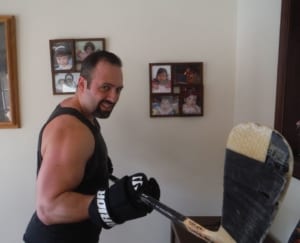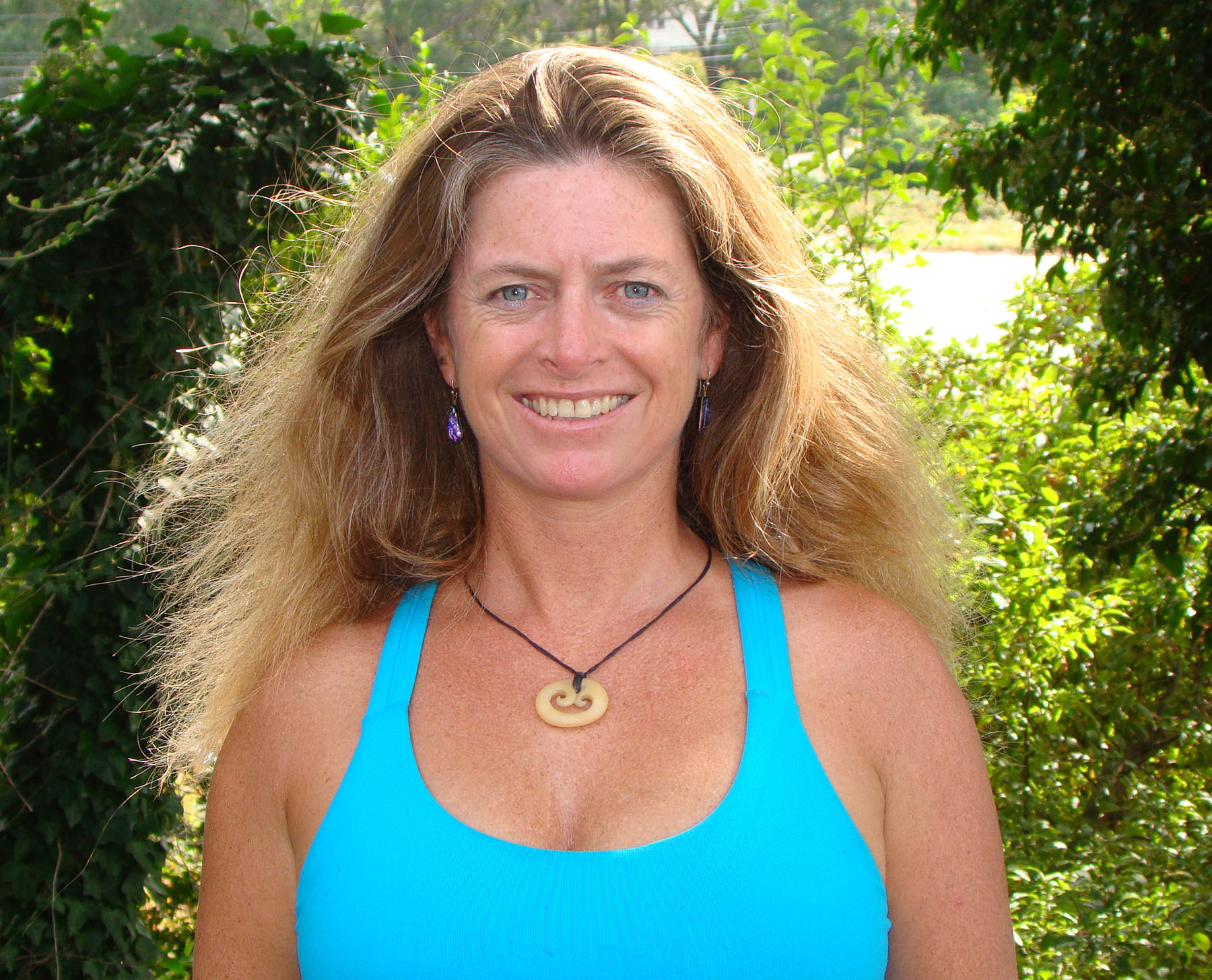Ileostomate and athlete Collin Jarvis shares his recommendations for staying hydrated when you’re physically active.
My name is Collin and I had ileostomy surgery in 2014 when I was on the Cross Country and Track & Field teams at the University of California – Berkeley. Staying hydrated was always an important aspect of my athletic performance, but after I had surgery, it became even more critical for me to drink enough fluids. Why? Because having an ileostomy can meaningfully reduce the body’s ability to get hydrated.1,2
Over the last decade I have continued to compete as an endurance athlete. Below are my top three tips for new ostomates looking to stay on top of their hydration:
Tip #1 – Make sure you are getting enough hydrating fluid throughout the day
It can be challenging to keep up with fluid intake, especially when living with an ileostomy.3 I know this from personal experience!
Start by talking to your clinician about how much fluid you need on a daily basis. They will be able to point you to the best resources for your specific needs. General guidance is available online, but every body is unique. Keep in mind that the resources you come across online are going to be calculating fluid needs for a person who has all of their internal organs. So once you identify that baseline, ask your doctor if you need to increase your fluid intake above that level. In my case (i.e., as someone who is extremely active and has had their entire large intestine removed), I take in about 20% more fluids than what the average online calculator recommends.
Tip #2 – Be aware of when and how you are taking in your fluids
Make sure to spread out the volume of liquid that you’re drinking as evenly as possible. In other words, take small and frequent sips throughout the entire day. This is important because our bodies are not perfectly efficient at absorbing the fluids that we put into them.
For example, you may have determined that you need around 100 ounces of liquids each day to meet your hydration needs. However, if you were to wake up in the morning and drink all 100 ounces right away, you would end up urinating most of that water out. In addition, drinking too much water at one time can dilute your body of the electrolytes it needs to properly absorb water which can exacerbate dehydration. Spreading out your fluid consumption evenly throughout the day is going to allow your body to work most effectively.
Keep reading on Hollister.com.
Hollister Incorporated is a proud sponsor of United Ostomy Associations of America and dedicated to delivering the highest standard of quality in ostomy care products. To learn more, visit www.hollister.com/ostomycare or call 1.888.808.7456.
References:
1. Justiniano, Carla F et al. “Readmissions With Dehydration After Ileostomy Creation: Rethinking Risk Factors.” Diseases of the colon and rectum vol. 61,11 (2018): 1297-1305.
2. Chen, Sophia Y et al. “Predicting the Risk of Readmission From Dehydration After Ileostomy Formation: The Dehydration Readmission After Ileostomy Prediction Score.” Diseases of the colon and rectum vol. 61,12 (2018): 1410-1417.
3. Absorption of Water and Electrolytes (colostate.edu) – http://www.vivo.colostate.edu/hbooks/pathphys/digestion/smallgut/absorb_water.html
Collin received compensation from Hollister Incorporated for his contribution to this article. The testimonials, statements, and opinions presented are applicable to the people depicted. These testimonials are representative of their experience, but the exact results and experience will be unique and individual to each person. Please make sure to consult with your healthcare professional for further guidance and instruction. The information provided herein is not medical advice and is not intended to substitute for the advice of your personal physician or other healthcare provider.

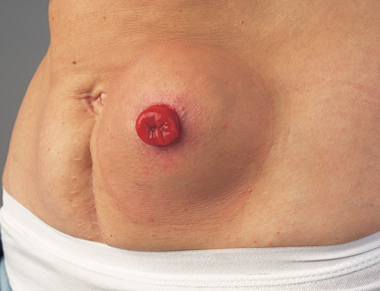 intestine and the weak spot is in the same area the surgeon created your stoma.
intestine and the weak spot is in the same area the surgeon created your stoma.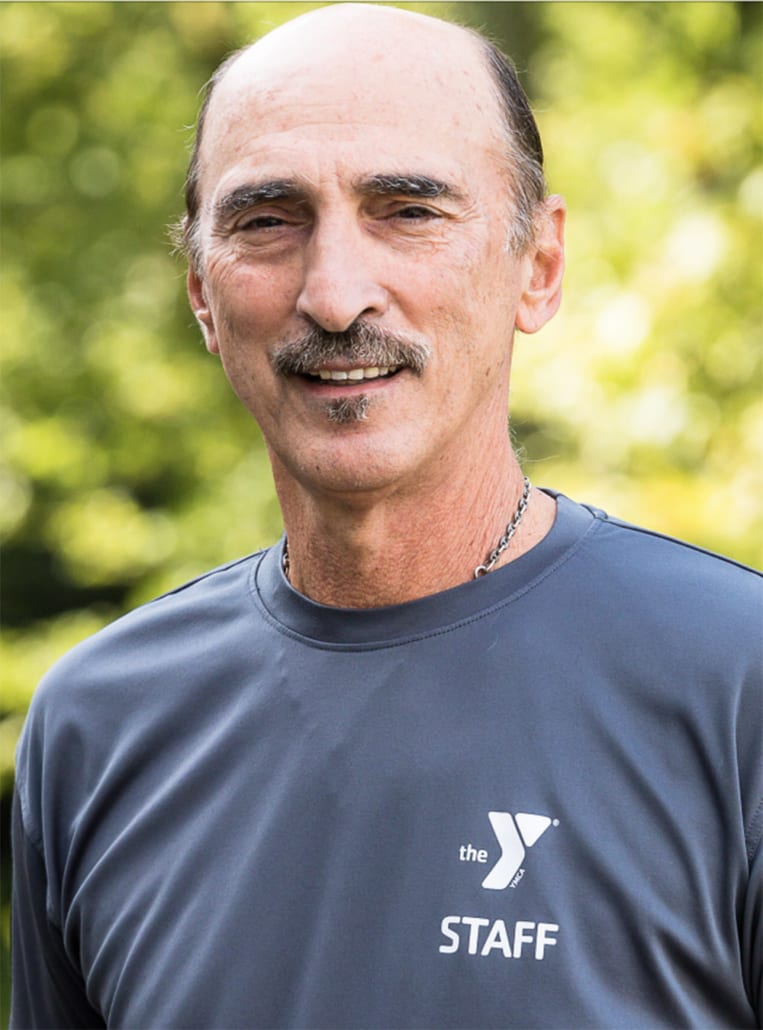 I want to tell my story concerning my ileostomy in order for people to understand how it is living with one and how a person can live a normal life and more.
I want to tell my story concerning my ileostomy in order for people to understand how it is living with one and how a person can live a normal life and more.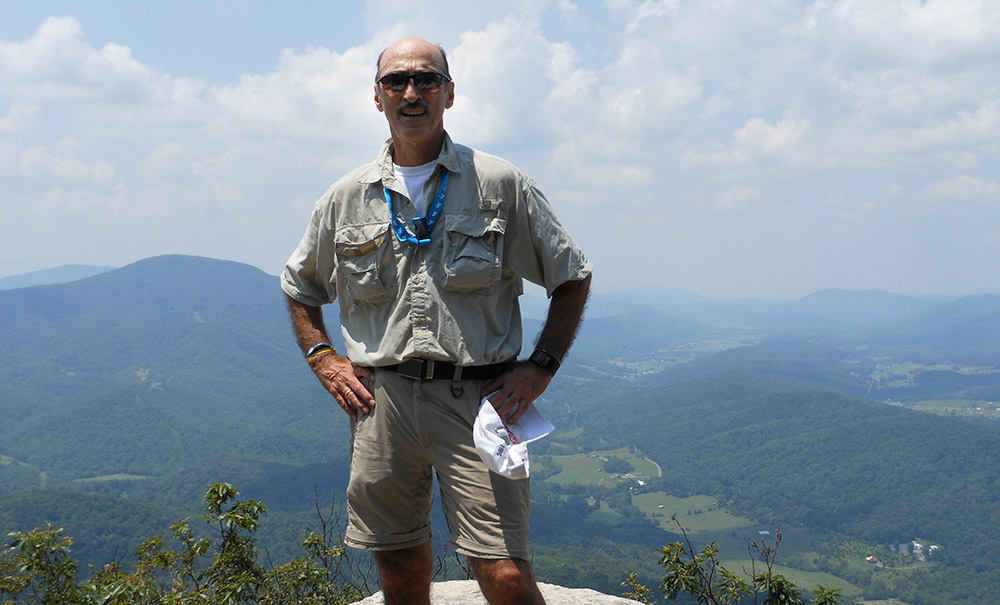
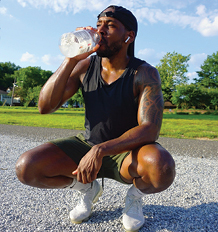 life. When the doctors first told me that the best option was to have ileostomy surgery, I was so upset but I was in so much pain I was hoping that it would make me feel better. When I finally woke up from surgery and realized I had an ileostomy – I cried. I didn’t even want to look at it. It took some time, but I got used to it, my stoma saved my life.
life. When the doctors first told me that the best option was to have ileostomy surgery, I was so upset but I was in so much pain I was hoping that it would make me feel better. When I finally woke up from surgery and realized I had an ileostomy – I cried. I didn’t even want to look at it. It took some time, but I got used to it, my stoma saved my life. Having an ostomy should not hold you back from participating in the run/walk. Our Coloplast® Care team is here to support you if you want to chat, just give us a call at 1-877-858-2656. We also have
Having an ostomy should not hold you back from participating in the run/walk. Our Coloplast® Care team is here to support you if you want to chat, just give us a call at 1-877-858-2656. We also have 
